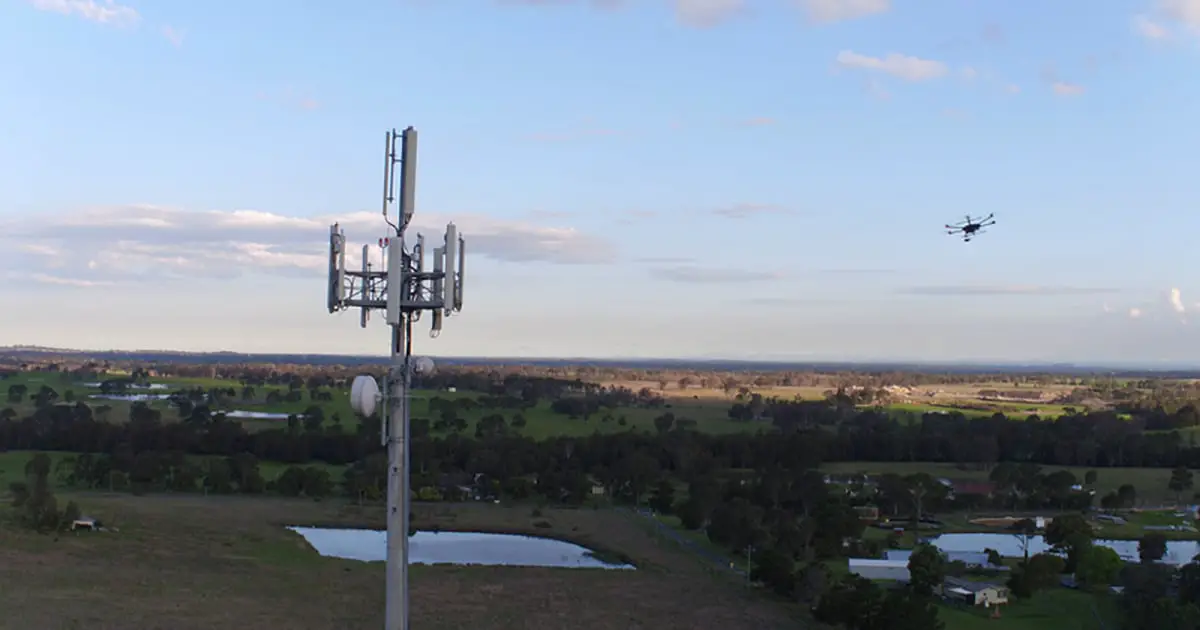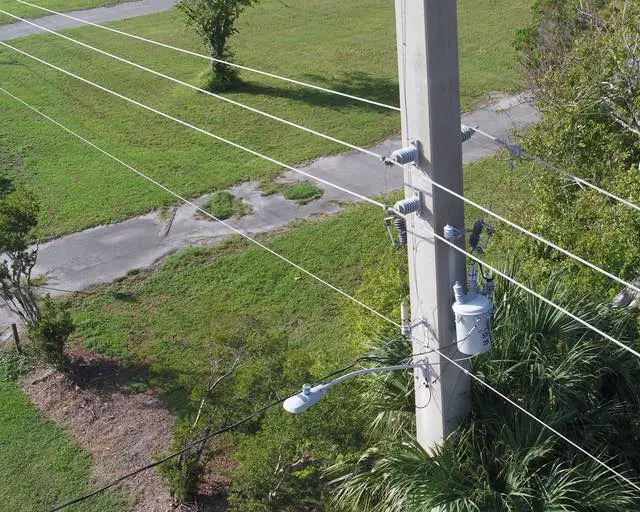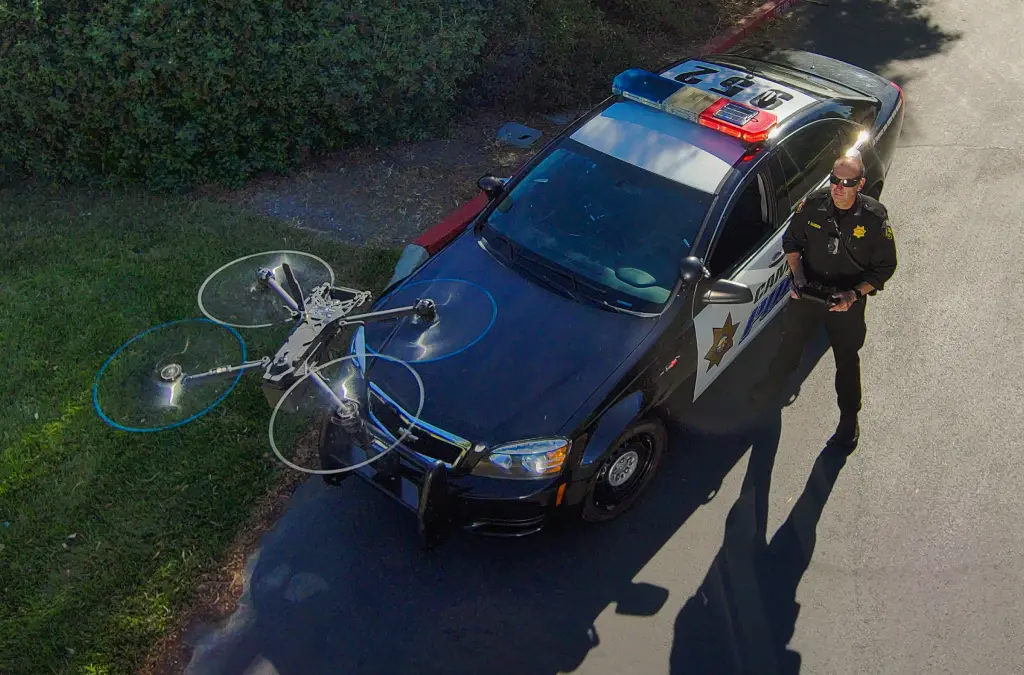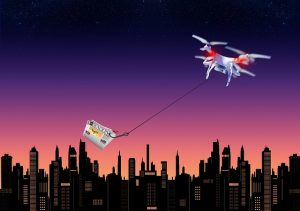
Drone vs Helicopter for Utility Inspection
In recent years, the utility inspection industry has witnessed a significant shift in the way aerial inspections are conducted. Today, drones and helicopters stand as the two primary methods for carrying out powerline and other utility inspections.
This article will compare drone vs. helicopter-based inspection techniques while addressing their cost-effectiveness, efficiency, safety measures, and environmental impact.
Our goal is to provide you with an informative analysis of these cutting-edge technologies so that you can make informed decisions when it comes to selecting the best solution for your utility inspection needs.
Advantages of Using Drones For Utility Inspection
Drones and helicopters are both viable options for utility inspections, but they differ in terms of cost-effectiveness, efficiency, safety, and accessibility.
Cost-effectiveness And Flexibility
One significant aspect to consider when comparing drones and helicopters for utility inspection is the cost-effectiveness and flexibility that each method offers. Drones or unmanned aerial vehicles (UAVs) have emerged as a more economical option due to their lower upfront investment, reduced maintenance costs, and minimal operational expenses compared to traditional helicopter inspections.
Moreover, the flexibility provided by drones has proven invaluable for utility companies seeking efficient ways to survey and maintain infrastructure. With advancements in remote sensing technology and automated systems, UAVs can easily adapt to various environmental factors while completing complex tasks at a faster pace than helicopters.
Utilities gain greater operational flexibility by adopting drone-based inspection techniques without compromising safety protocols or data quality during aerial inspections.
Efficiency And Speed
In the realm of utility inspections, efficiency and speed are critical factors to consider when choosing between aerial inspection methods such as drones and helicopters.
Drones have proven themselves as a more efficient option for several reasons. One major advantage is their ability to quickly maneuver through tight spaces or navigate around obstacles that might hinder a larger helicopter’s access.
Helicopters may still hold an edge over drones when it comes to covering longer distances or carrying heavier payloads; however, drones’ agility and rapid deployment capabilities often outweigh these benefits for most utility inspection scenarios.
Safety And Accessibility
Safety and accessibility are key factors to consider when comparing drones and helicopters for utility inspection. As aerial inspections of utility infrastructure become increasingly essential, it is crucial that safety standards are maintained by the chosen technology.
Drones provide a safer option for operators and offer greater accessibility when inspecting high-voltage power lines or wind turbines located in remote, hard-to-reach areas or hazardous locations.
With their compact size, drones have the ability to maneuver in any location with minimal disruption to surrounding environments. On the other hand, helicopters require skilled pilots who can navigate challenging terrains while maintaining safe distances from obstacles and infrastructure components.
Eco-friendly Alternative
One of the most significant advantages of using drones for utility inspections is their eco-friendliness, which has become a critical factor in today’s world. Drones consume less energy and produce fewer emissions compared to traditional helicopters, making them an ideal solution for companies looking to reduce their carbon footprint.
Easier Operation
Drones are easier to operate compared to helicopters, making them an ideal choice for utility inspections. With the advent of more capable autonomous systems and remote sensing technology, drones can be operated remotely by a skilled pilot on the ground. This allows for greater flexibility in terms of inspection locations and scheduling while reducing operational expenses.
Another advantage of automated drone systems is that they require minimal or no training to operate compared to traditional inspection methods using helicopters.
Also Read: Use of Drones for Power Line Inspection
Advantages Of Using Helicopters For Utility Inspections
Helicopters are a better option for longer distance inspections, can carry larger payloads, and have more experienced pilots who provide greater stability in adverse weather conditions, which is essential to cover larger geographic areas of utility inspection.
Ability To Cover Larger Geographic Areas
One clear advantage of using helicopters for utility inspections is their ability to cover larger geographic areas. Helicopters can fly at higher altitudes and travel faster than drones, allowing them to inspect vast utility fields or pipelines in a shorter amount of time.
This makes them the preferred option for long-distance inspections or surveys that require covering large expanses of land. For instance, helicopters are ideal for powerline inspections across mountainous terrains where rugged terrain and elevation changes make ground inspection impossible.
Helicopters Can Carry Larger Payloads
One of the biggest advantages of using helicopters for utility inspections is their ability to carry larger payloads compared to drones. Helicopters can transport heavier equipment and personnel, making them ideal for conducting complex and detailed inspections in challenging locations.
For example, during power line inspections in mountainous areas or rough terrain where access by land can be difficult or impossible, a helicopter’s payload capacity allows it to transport personnel and specialized equipment more efficiently than a drone.
Additionally, its ability to lift heavy equipment such as transformers ensures that comprehensive assessments are completed in one operation, saving time and reducing costs.
More Experienced Pilots
Another advantage of helicopters for utility inspections is the availability of more experienced pilots who have specialized in such utility inspection operations for years. These skilled pilots have extensive training and knowledge to handle complex and challenging situations, such as flying in adverse weather conditions or dealing with unexpected mechanical issues during flights.
Greater Stability In Adverse Weather Conditions
Helicopters also have better suitability to operate in certain adverse weather conditions in comparison to drones. Helicopters are designed to deal with harsh weather environments to a certain extent, which drones may struggle with due to their smaller size and lightweight construction.
This means that during emergency outage situations caused by extreme weather events, a helicopter may be the best option for inspecting power lines quickly and efficiently.
Also Read: Use of Drones for Cell Tower Inspection
Factors To Consider When Choosing The Right Inspection Method
When deciding between a drone and a helicopter for utility inspections, it is important to weigh factors such as inspection objectives, regulatory requirements, environmental considerations, accessibility, and time constraints.
Inspection Objectives
Inspection objectives are a critical consideration when choosing the best inspection method for utility inspections. Companies need to identify their primary goals and determine which inspection method will deliver the required results most effectively.
Regulatory Requirements
It’s essential to consider regulatory requirements when choosing between drone and helicopter inspections for utility purposes. Utility companies must comply with industry standards, safety protocols, and equipment maintenance regulations.
For instance, the Federal Aviation Administration (FAA) regulates commercial drone operations in the United States. Utility companies that utilize drones for inspection must ensure that they meet all FAA requirements before conducting aerial surveillance.
Environmental Factors
Environmental factors are essential to consider when choosing the appropriate inspection method for utility inspections. For example, adverse weather conditions such as heavy rain and strong winds can impact the stability of drones and helicopters, affecting their ability to conduct accurate inspections safely.
When selecting an inspection method, it is important to account for any potential environmental challenges that may interfere with the accuracy or safety of the inspection process.
Accessibility
Accessibility is one of the essential factors to consider when choosing between drone and helicopter inspections for utility purposes. Drones have the advantage of being able to access difficult-to-reach infrastructure, such as power lines running through rugged terrain or over water bodies.
In contrast, helicopters are better suited for longer distances and covering larger geographic areas. They offer greater stability in adverse weather conditions and can carry more massive payloads than drones.
Time Constraints
Effective utility inspection requires careful consideration of time constraints, especially in the construction industry, where project timelines can be tight. This is where drones have a clear advantage over helicopters as they offer more efficient and faster inspections, allowing for quicker identification and resolution of any issues.
Drones are also useful for routine maintenance checks that need to be carried out frequently within a short period. Moreover, since drone inspection can take place without disrupting operations on the ground, it ensures that repairs or upgrades happen quickly with minimum downtime.
Also Read: Use of Drones for Wind Turbine Inspection
Final Thoughts
When it comes to utility inspections, choosing between drones and helicopters can be a tough decision. While both have advantages, drones are the preferred choice for quick, short, and smaller inspection areas in comparison to helicopters. Drones offer high-quality data collection, improved process efficiency, and safety for operators compared to traditional helicopter inspection methods. They also require less investment in terms of cost and time while providing eco-friendly alternatives.
However, factors such as inspection objectives, regulatory requirements, and environmental factors also play a role when making a decision on which method to use. Ultimately, the right option will depend on each project’s specific needs and budget considerations.





